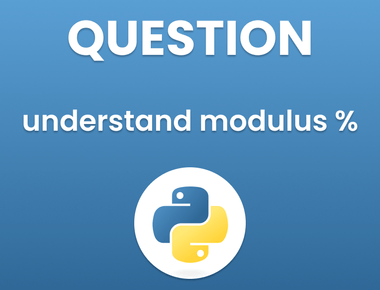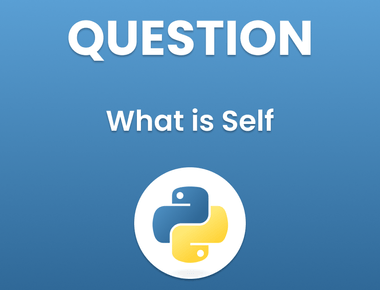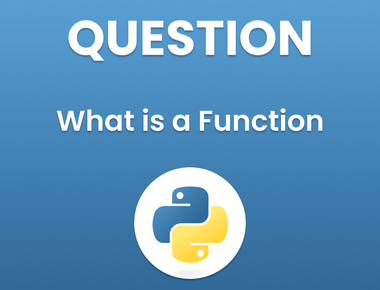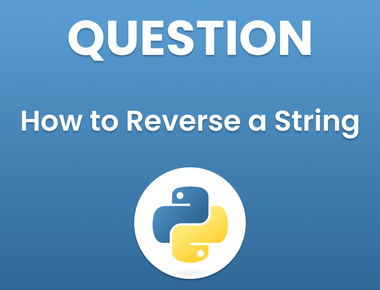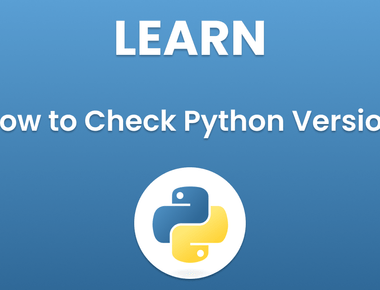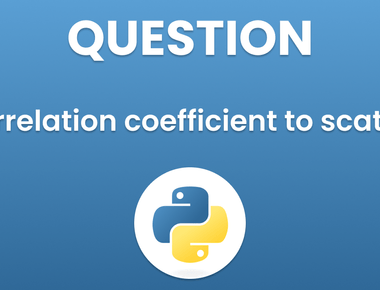Table Of Contents

Python is one of the most popular programming languages in the world, and for good reason. It is easy to learn, has a simple syntax, and is very powerful. One of the key features of Python is its ability to use loops to perform repetitive tasks. One such loop is the do-while loop, which is not native to Python but can be emulated using Python code.
In this article, we will explore the do while Python, how to use it, and its advantages over other types of loops. We will also provide examples of how to implement a do-while loop in Python code.
What is a do-while loop?
A do-while loop is a loop that executes a block of code at least once and then continues to execute the block of code while a certain condition is true. The key difference between a do-while loop and other types of loops, such as a while loop or a for loop, is that the do-while loop executes the block of code at least once, regardless of whether the condition is true or false.
How to use a do-while loop in Python
As mentioned earlier, Python does not have a built-in do-while loop, but it can be emulated using Python code. The basic structure of a do-while loop in Python looks like this:
while True:# code blockif not condition:break
In this code snippet, the loop executes the code block at least once, since the condition True is always true. The loop then checks the condition at the end of each iteration. If the condition is false, the break statement is executed, which exits the loop.
Advantages of a do-while loop
One advantage of a do-while loop is that it guarantees that the code block will be executed at least once. This can be useful in situations where you need to perform an action before checking a condition.
Another advantage of a do-while loop is that it can make your code more readable and maintainable. For example, consider the following code:
x = 0while x < 10:# code blockx += 1
This code uses a while loop to execute a code block 10 times. However, the condition x < 10 may not be immediately clear to someone reading the code. By using a do-while loop instead, the code becomes more readable:
x = 0while True:# code blockif not x < 10:breakx += 1
In this code, the condition x < 10 is explicitly checked at the end of each iteration, making it easier to understand the logic of the code.
Example of a do-while loop in Python
Let’s take a look at an example of how to use a do-while loop in Python. Suppose we want to write a program that asks the user to enter a number between 1 and 10, and then repeats the request until the user enters a valid number. We can use a do-while loop to implement this behavior:
while True:num = int(input("Enter a number between 1 and 10: "))if num >= 1 and num <= 10:break
In this code, the loop executes the input() function at least once, since the condition True is always true. The loop then checks whether the user entered a number between 1 and 10. If the number is valid, the break statement is executed, and the loop exits. If the number is not valid then it will repeat the whole process.
Ways to implement
Here are some ways to implement a “do while” loop in Python:
- Using a while loop with a break statement:
The simplest way to create a “do while” loop in Python is to use a while loop with a break statement. In this method, the code block is executed at least once, and the while loop continues to execute until a certain condition is met. Here’s an example:
while True:# Code block to be executedif condition:break
In this example, the code block will be executed at least once, and the while loop will continue to execute until the condition is met. Once the condition is met, the break statement will exit the loop.
- Using a do-while loop with a boolean variable:
Another way to create a “do while” loop in Python is to use a do-while loop with a boolean variable. In this method, the code block is executed at least once, and the while loop continues to execute until a certain condition is met. Here’s an example:
condition = Truewhile condition:# Code block to be executedif condition_met:condition = False
In this example, the code block will be executed at least once, and the while loop will continue to execute until the condition is met. Once the condition is met, the boolean variable is set to False, which exits the loop.
- Using recursion:
Finally, another way to create a “do while” loop in Python is to use recursion. In this method, the code block is executed at least once, and the function continues to call itself until a certain condition is met. Here’s an example:
def do_while():# Code block to be executedif not condition_met:do_while()do_while()
In this example, the function will be called at least once, and it will continue to call itself until the condition is met. Once the condition is met, the function will exit.
Conclusion
In conclusion, Python may not have a built-in “do while” loop like some other programming languages, but there are several ways to achieve the same functionality in Python. Using a while loop with a break statement, and a do-while loop with a boolean variable or recursion are all effective ways to create a “do while” loop in Python.
By implementing these methods, developers can take full advantage of Python’s simplicity and readability, and create efficient and effective code.
Subscribe to our newsletter!
Quick Links
Legal Stuff
Social Media


